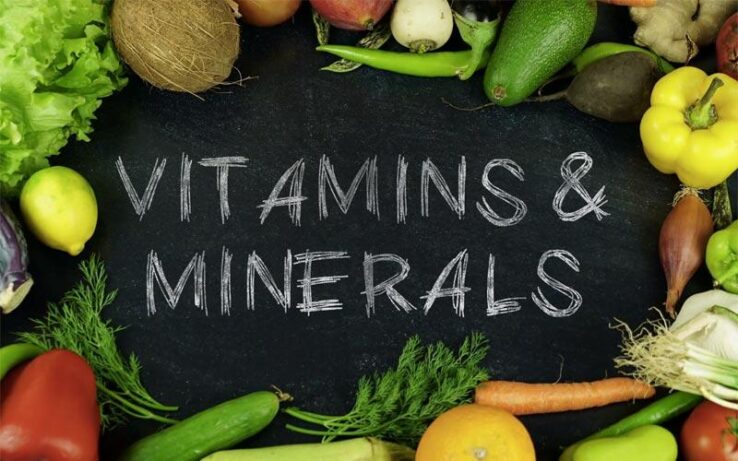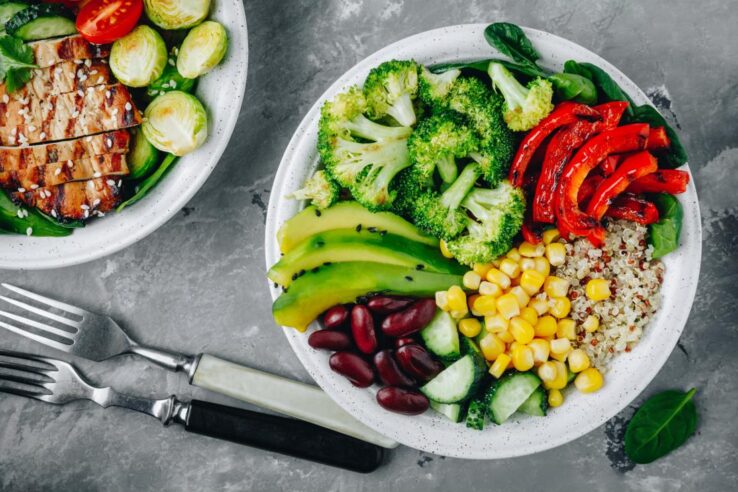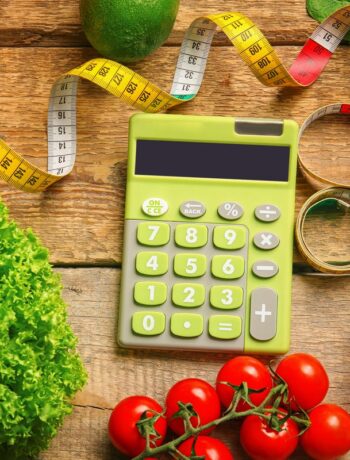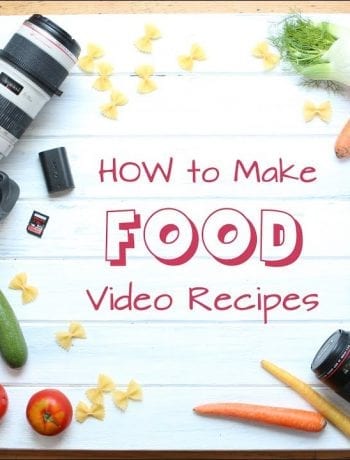There are two types of nutrients that are essential for the human body: vitamins and minerals. Vitamins are organic compounds that are required for the proper functioning of the body, but cannot be synthesized by the body itself and must therefore be obtained from the diet. Minerals, on the other hand, are inorganic elements that are required for various biochemical reactions in the body and can be obtained from both the diet and the environment.
They can be divided into two main categories: water-soluble and fat-soluble vitamins. Water-soluble vitamins are dissolved in water and are not stored by the body, so they need to be consumed on a daily basis. Fat-soluble ones, on the other hand, are stored in the liver and fatty tissues of the body and can last for months or even years without being replenished.
There are many different types of minerals, but they can broadly be classified into two groups: major and trace minerals. Major minerals, such as calcium, phosphorus, magnesium, sodium, potassium, chloride, and sulfur, are needed in relatively large amounts (more than 100 mg per day) for various bodily functions. Trace ones, such as iron, copper, zinc, manganese, selenium, iodine, chromium, and molybdenum, are needed in much smaller amounts (less than 20 mg per day) but are nonetheless essential for health.
Most people get enough vitamins and minerals from a healthy and balanced diet, but in some cases supplements may be beneficial. Ormus supplements can also be used to supplement dietary intake of minerals. This article will provide a guide on how to correctly add vitamins and minerals to your diet.
Why are They So Important?

They are important nutrients that the body needs to function properly. They play a role in many different processes in the body, including metabolism, cell growth and repair, blood clotting, and brain function.
A lack of vitamins and minerals can lead to health problems. For example, iron deficiency anemia is a condition caused by a lack of iron in the diet, which can cause tiredness and fatigue.
How to Add Vitamins and Minerals to Food?

Source: medicalnewstoday.com
There are many ways to add vitamins and minerals to food. The best way to do it is by using a food supplement. However, if you cannot or do not want to use a supplement, there are other ways to add these nutrients to your diet.
– One way to add them to food is by eating fortified foods. Fortified foods are foods that have been enriched with vitamins and minerals. Many breakfast cereals and some types of bread are fortified with vitamins and minerals. You can also find fortified versions of other foods such as pasta, rice, and soy milk.
– Another way to get them into your diet is through the use of supplements. Supplements come in many forms, including pills, powders, liquids, and bars. They can be taken daily or just when needed. Supplements like organ meat supplements can be helpful if you have trouble getting enough of certain nutrients from food alone.
Conclusion
Adding vitamins and minerals to food can be a great way to increase the nutrient content of your diet, but it is important to understand how to do it properly. By following these tips, you should be able to safely and effectively add vitamins and minerals into your meals without having any adverse effects. With a better understanding of what types of vitamins and minerals are needed in our daily diets, we can all start getting healthier while also enjoying tasty food!




